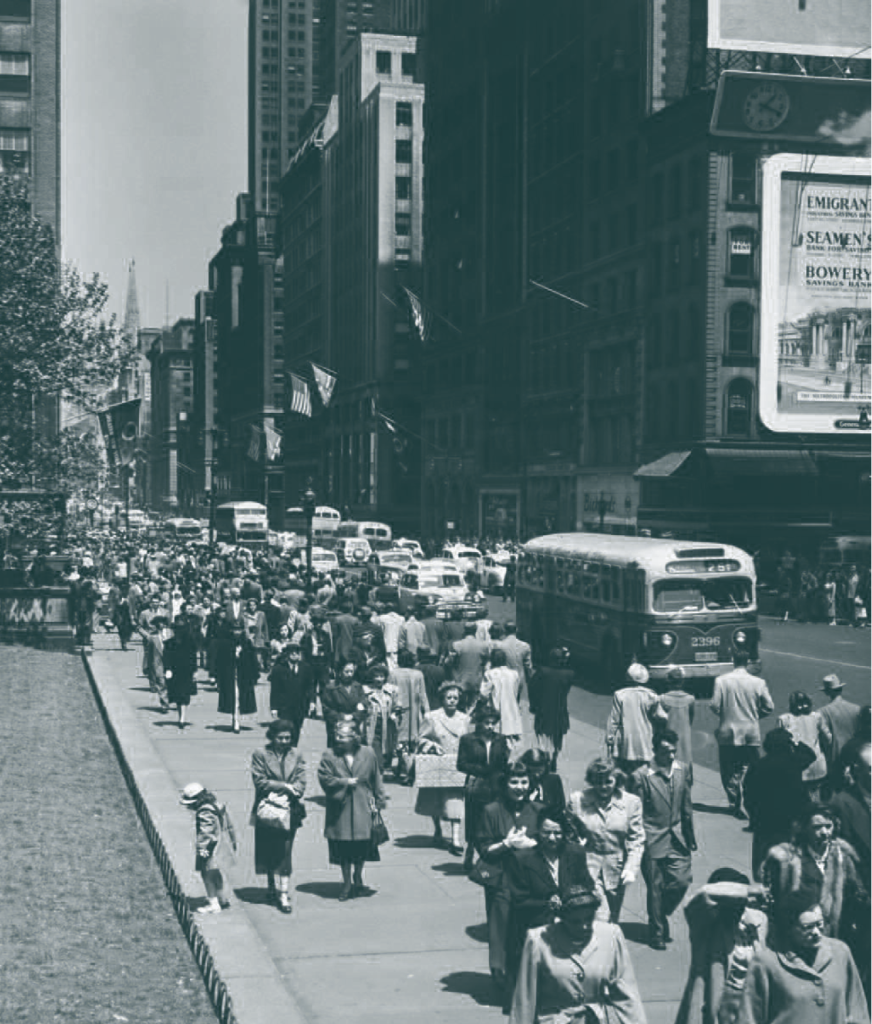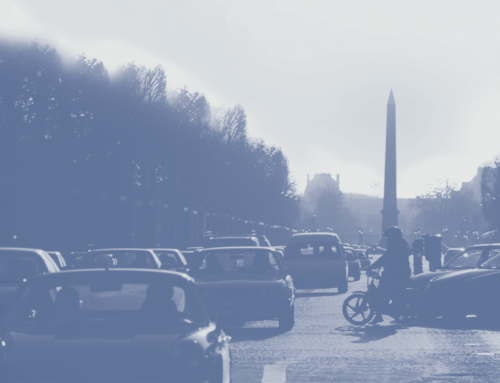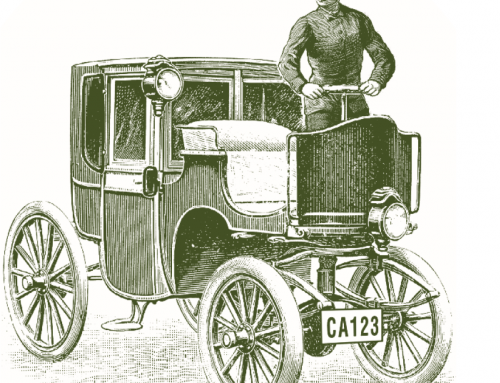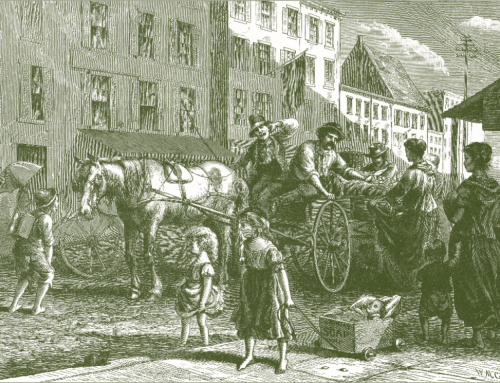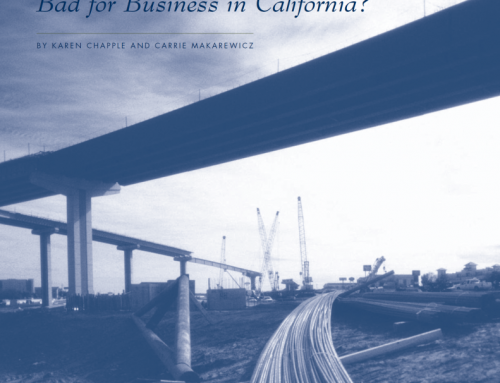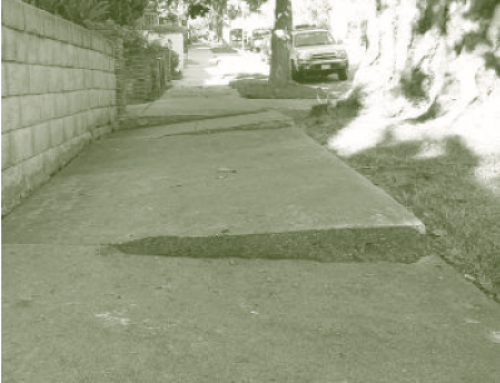As a transportation mode, walking is healthy for individuals and beneficial for the environment. Fifteen years ago, the US Surgeon General highlighted the importance of walking for exercise as a means of combating obesity, diabetes, and other diseases. Since then, a wealth of studies published in public health and medical journals have extolled the virtues of walking. Moved by concerns about climate change, energy, and congestion, transportation planners now view walking as an inexpensive and enjoyable activity that could replace short auto trips, thus reducing congestion and fossil fuel consumption. Yet despite the general consensus that walking brings many benefits, policymakers still aren’t sure how to increase the amount of walking people actually do. One of the most obvious approaches is to improve pedestrian infrastructure. Walking is harder in places without good sidewalks, and the sidewalks in many cities are in terrible disrepair. Many other places have no sidewalks at all. But good sidewalks, while important, will not by themselves lead to more walking. Changes in the built environment are a necessary but not sufficient condition for a pedestrian-friendly city.
People are more likely to walk in areas that host a diversity of uses.
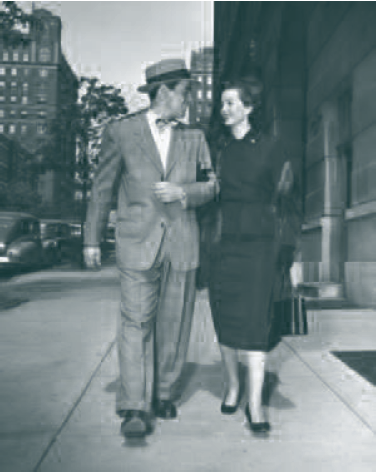 Urban areas where people enjoy walking have more than just a functional pedestrian infrastructure. Sidewalks are not like major streets, many of which are designed solely to move cars. Sidewalk users are more exposed to their environments than drivers, both because pedestrians are not encased in vehicles and because they move through their environments more slowly than do people in cars. For this reason sidewalk users also require more from their environments. A successful sidewalk is more than just a route for getting from Point A to Point B; it is also a place to abide, to meet others, and to participate in neighborhood life. Urban sidewalks, as Jane Jacobs once argued, are a city’s “most vital organs,” where people experience city life, enjoy neighborhood rhythms, and watch what goes on. Pedestrianism—moving on foot, in a wheelchair, or with other mobility devices—is only one dimension of the sidewalk experience. Sidewalks thrive as multi-use environments, not as pure pedestrian thoroughfares.
Urban areas where people enjoy walking have more than just a functional pedestrian infrastructure. Sidewalks are not like major streets, many of which are designed solely to move cars. Sidewalk users are more exposed to their environments than drivers, both because pedestrians are not encased in vehicles and because they move through their environments more slowly than do people in cars. For this reason sidewalk users also require more from their environments. A successful sidewalk is more than just a route for getting from Point A to Point B; it is also a place to abide, to meet others, and to participate in neighborhood life. Urban sidewalks, as Jane Jacobs once argued, are a city’s “most vital organs,” where people experience city life, enjoy neighborhood rhythms, and watch what goes on. Pedestrianism—moving on foot, in a wheelchair, or with other mobility devices—is only one dimension of the sidewalk experience. Sidewalks thrive as multi-use environments, not as pure pedestrian thoroughfares.
Many sidewalks in US cities lack the people and variety of activities that characterize sidewalks in Europe, Asia, or Latin America, but this was not always the case. Nineteenth and early twentieth century US sidewalks were vibrant spaces. As policy-makers began to perceive sidewalks exclusively as transportation infrastructure, however, they used the goal of unrestricted movement as a justification to restrict other activities, including public speaking, vending, socializing and loitering. Removing these activities sapped the sidewalk of life and vitality. The singular view of streets and sidewalks as transportation routes, later combined with policies that overwhelmingly favored motorists over pedestrians, inadvertently made walking a less critical dimension of urban living.
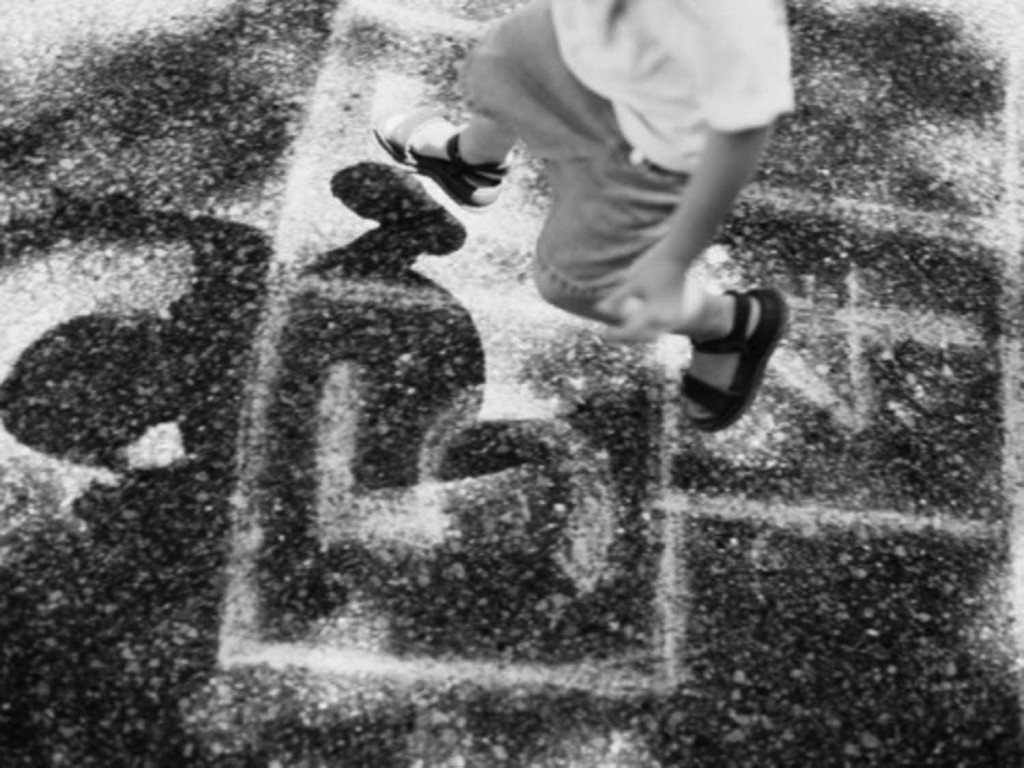 Planners who want to reinvigorate pedestrian spaces today face a difficult challenge. Building infrastructure alone will not work, because people are more likely to walk in areas that host a diversity of uses. Some uses, however, potentially conflict—a panhandler and a shopper can occupy the same space, but the panhandler might make the shopper uncomfortable. Planners have tried to finesse this problem by encouraging certain kinds of uses, and by encouraging pedestrianism only in certain places, creating upscale pedestrian hubs and leisure destinations. These efforts at control often raise hard questions about democracy and legality, and in any event are rarely effective ways to encourage more walking. We propose that more people will walk or roll in wheelchairs when sidewalks are spaces that accommodate the full range of activities that make cities interesting.
Planners who want to reinvigorate pedestrian spaces today face a difficult challenge. Building infrastructure alone will not work, because people are more likely to walk in areas that host a diversity of uses. Some uses, however, potentially conflict—a panhandler and a shopper can occupy the same space, but the panhandler might make the shopper uncomfortable. Planners have tried to finesse this problem by encouraging certain kinds of uses, and by encouraging pedestrianism only in certain places, creating upscale pedestrian hubs and leisure destinations. These efforts at control often raise hard questions about democracy and legality, and in any event are rarely effective ways to encourage more walking. We propose that more people will walk or roll in wheelchairs when sidewalks are spaces that accommodate the full range of activities that make cities interesting.
More people will walk or roll in wheelchairs when sidewalks are spaces that accommodate the full range of activities that make cities interesting.
In the remainder of this article, we first discuss how a singular focus on sidewalks as spaces of movement contributed to the decline of sidewalk life, and to walking as well. We then examine ways that cities will perpetuate this problem if they continue responding to urban complexity by providing spaces with narrow programs. Finally, we outline five purposes of sidewalks—movement, encounter, confrontation, survival and beauty—and argue that, unlike with automobiles, it is complexity, rather than uninterrupted movement that is central to vibrant pedestrianism.
The Rise of the Single-Purpose Sidewalk
In the 19th century, curbs and sidewalks became common along heavily traveled city streets. These early sidewalks were often constructed by the abutting businesses and property owners. By the century’s end, sidewalks had become important elements of the urban infrastructure, and thousands of miles of sidewalks had been paved in American cities. Because sidewalks were often paved before the rest of the street, they were the easiest place to walk, and the easiest place to carry out various economic and social activities. In commercial areas, sidewalks extended the realm of adjacent shops; shopkeepers displayed their merchandise on sidewalks and stored deliveries and overstock on them as well. Street peddlers made a living outdoors while street speakers and newsboys conveyed information to passersby. Sidewalks were also a realm for social encounters where friends, acquaintances, and strangers mixed. The sidewalks were thus both a route and a destination; a way to move through the city, but also a place of commerce, social interaction, and civic engagement.
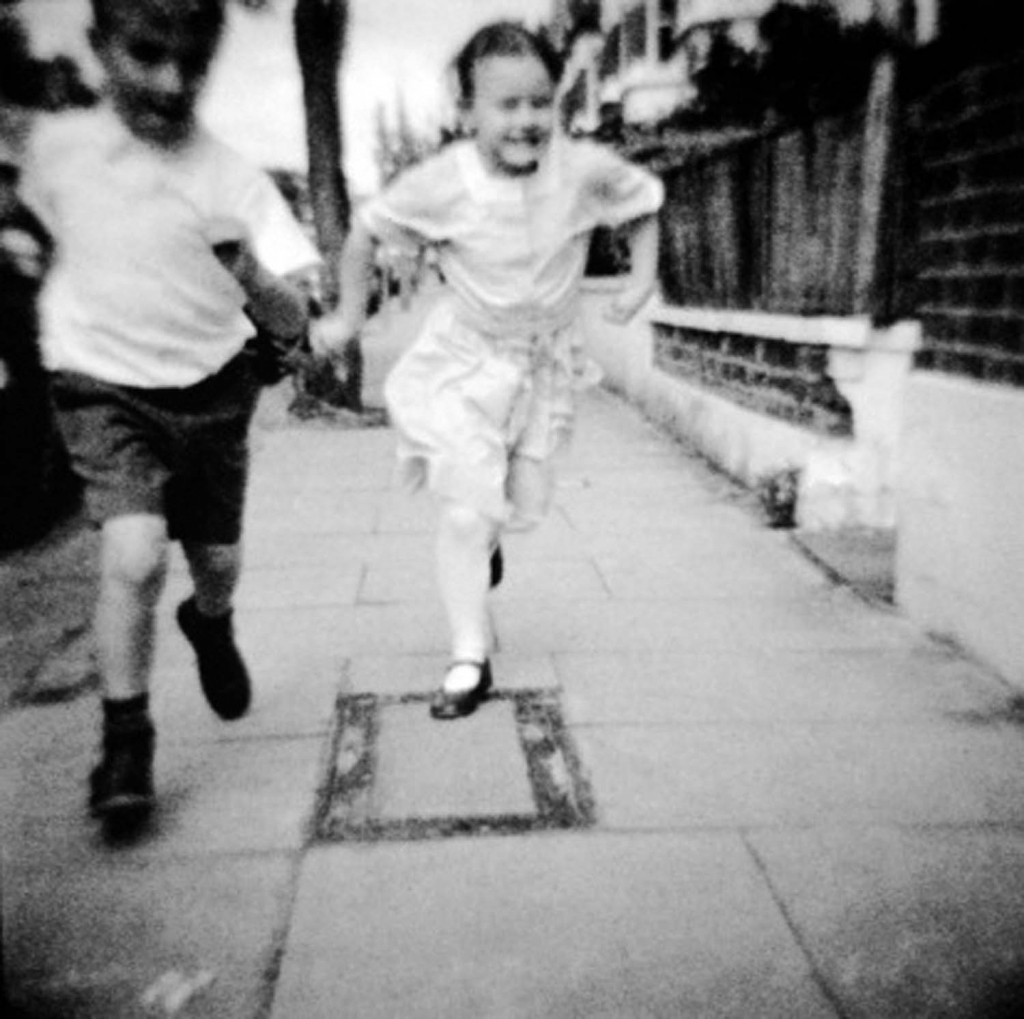 As sidewalks proliferated, municipalities began to standardize them. Cities specified side- walk dimensions, construction standards, and materials to ensure consistency and durability. At the same time, cities began to standardize streets and to require durable paving for the roadbed and travel lanes. With this standardization, the nature of the urban sidewalk began to change, and its range of uses began to contract. Municipal engineers began to focus narrowly on efficient transportation and the importance of clean streets. Cities prohibited abutting property owners from using the sidewalks as extensions of their businesses, and the courts— when businesses challenged cities—upheld the cities’ authority to do so. In the process, walking for transportation became sidewalks’ primary purpose and the pedestrian the primary user. The pedestrian’s unobstructed mobility justified subsequent municipal restrictions on other sidewalk activities. Consequently, the pedestrian became the sole “public” for whom the sidewalks were provided.
As sidewalks proliferated, municipalities began to standardize them. Cities specified side- walk dimensions, construction standards, and materials to ensure consistency and durability. At the same time, cities began to standardize streets and to require durable paving for the roadbed and travel lanes. With this standardization, the nature of the urban sidewalk began to change, and its range of uses began to contract. Municipal engineers began to focus narrowly on efficient transportation and the importance of clean streets. Cities prohibited abutting property owners from using the sidewalks as extensions of their businesses, and the courts— when businesses challenged cities—upheld the cities’ authority to do so. In the process, walking for transportation became sidewalks’ primary purpose and the pedestrian the primary user. The pedestrian’s unobstructed mobility justified subsequent municipal restrictions on other sidewalk activities. Consequently, the pedestrian became the sole “public” for whom the sidewalks were provided.
The pedestrian’s unobstructed mobility justified subsequent municipal restrictions on other sidewalk activities.
Cities applied a similar logic to streets. The advent of local planning further changed the street from a locally-oriented public space to a transportation corridor. Municipalities developed public paving projects whose primary goal was traffic movement. In the late 19th century pedestrians grumbled about the hindrances that blocked sidewalks; by the turn of the century pedestrians found they had become the hindrance, regarded by local planners as “obstructions” to the automobile. The sidewalk shifted from being the most convenient space for walking to the only legitimate space for walking. As pedestrians became “encroachers” into the roadbed, they were viewed as a source of accidents and congestion. City councils restricted pedestrian crossings to intersections, required pedestrians to obey traffic signals and instituted fines for jaywalking.
As automobiles proliferated in the early twentieth century, newspaper editorials blamed pedestrians for accidents because they defied the rules of the road and walked into moving vehicles. “The dumb pedestrian really is pretty dumb,” a columnist from Westways magazine wrote in 1937. “As a pedestrian the average man is not ver y bright…. As an incorrigible individualist, the pedestrian is intellectually inferior to the motorist in his traffic conduct.” As early as 1912, urban infrastructure trade magazines such as American City advised widening streets at the expense of sidewalks. Pedestrians were banned from streets to make room for cars, and a myriad of activities were banned from sidewalks to make room for pedestrians. But the sidewalks had never been about walking alone, and so in the process of creating an efficient transportation system, public officials, municipal engineers and the courts also enervated sidewalk life.
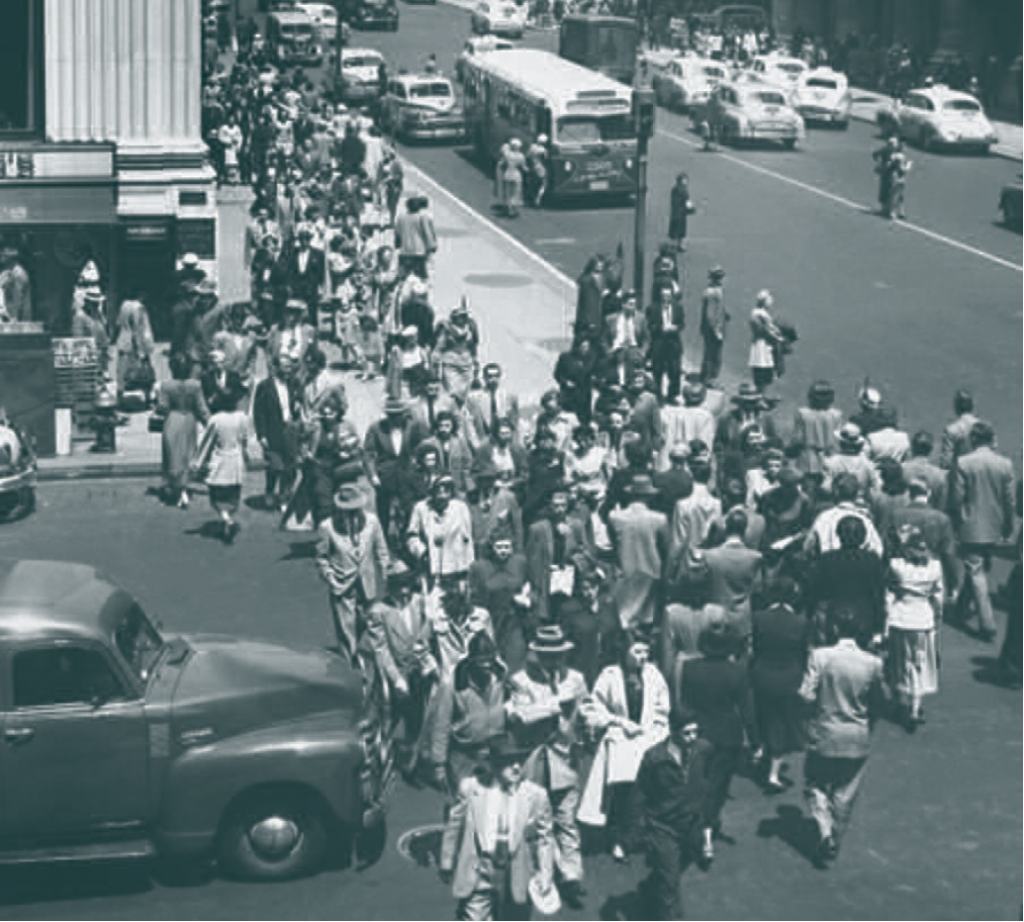 Too Much Control
Too Much Control
When cities redefined sidewalks as transportation corridors, they also gave themselves another reason to control sidewalk life. Anything that impeded pedestrian circulation could be restricted or prohibited. Cities throughout the nation issued ordinances to regulate sidewalk activities including loitering, panhandling, street vending, public speaking, and expressions of political dissent.
By the middle of the 20th century, urban sidewalks were used for fewer activities, and more people spent time in controlled environments like malls. And despite the recent popular and scholarly attention to walking, in a 2003 survey of the ten largest California cities, we found that public officials continued to deploy four strategies that devalued sidewalks as multi-use spaces. First, they de-emphasized sidewalks by developing sunken and raised plazas and elevated walk- ways. Second, they gentrified select sidewalk segments to make them attractive destinations with shopping, restaurants and bars while making few if any improvements to the remaining sidewalk network. Third, they privatized particular sidewalks through the designation of business improvement districts and by fencing and enclosing outdoor seating. And lastly, cities sought to contain undesirable sidewalk activities they could not eliminate. We will discuss each of these strategies in turn.
Cities nationwide have built underground and overhead spaces—sunken plazas and skywalks—to provide pedestrian circulation that avoids the street.
De-emphasis. In downtown and commercial areas, cities let (and sometimes encourage) developers of privately provided plazas and open spaces to use enclosing walls, blank facades, and entrances through parking structures, all of which separate their properties from public sidewalks. Cities nationwide have built underground and overhead spaces—sunken plazas and skywalks—to provide pedestrian circulation that avoids the street. In cities such as Minneapolis-St. Paul, Detroit, Boston and Cincinnati, skywalks link high-rise towers to a network of tunnels leading people from underground garages to office cubicles, allowing workers and visitors to move through the downtown without setting foot on public sidewalks. While initially meant to address harsh winters, skywalks also appear in cities with warm climates such as Dallas, Los Angeles, Miami, San Francisco, and Santa Cruz.
Gentrification. In the last few decades, many municipalities have invested in historic districts and main streets to draw middle class residents and shoppers back to the city. Their efforts include upgrading the streetscape through a mix of public art, street furniture, and decorative lighting, renovating buildings, and converting old warehouses into trendy shops and restaurants. Cities have also enacted ordinances designating some “pedestrian-oriented” districts, and encouraging specific retail uses (cafes, bakeries, restaurants, flower shops, boutiques, bookstores, galleries, art shops) in these districts. Architectural and landscape design guidelines promote specific themes to retain or enhance an area’s historic character. The objective is to increase land value and overall economic viability. In the process, small, independent businesses such as nail salons, tattoo parlors and small food stores are often replaced by chain stores and upscale retailers. The new consumer orientation reflected in the higher prices and more upscale merchandise creates a subtle but effective screening mechanism and makes the sidewalks comfortable for only higher income populations.
Privatization. Many states have enabled Business Improvement Districts (BIDs) in which business owners tax themselves to augment public services or provide improvements for a designated district. Services offered by BIDs typically include sidewalk beautification, cleaning and maintenance, and private security officers. BID security officers ensure that sidewalk activity is not disruptive to businesses. Some urban residents become nuisances if they do not fit the BID’s desired image for the neighborhood.
Fencing a part of the sidewalk for outdoor seating is another form of privatization. Fences are boundaries that separate the privatized realm from public space. This might be required by ordinance, as is the case of California where state law stipulates that alcohol can be served only in enclosed and demarcated areas. While cafes can blend seamlessly into the city sidewalks, as they do in Paris, too often in the US hard boundaries privatize public space and thus preclude different public uses.
Fences are boundaries that separate the privatized realm from public space.
Containment. Who has access to which sidewalks is controversial. To contain undesirable uses, cities directly or indirectly sanction activities in one area to keep them out of another. Local governments restrict prostitution to red light districts and homelessness to skid rows. Some cities have extended this logic to street vending, allowing it in some areas while prohibiting it in others. At times, cities have attempted to confine protest events and political speech to officially-approved protest zones.
Some of the strategies above have helped empty public sidewalks of people and activities. Others have encouraged the use of sidewalks, but only by a subset of the population, and in doing so they make the sidewalk less public.
What Do We Want? Five Purposes of Sidewalks
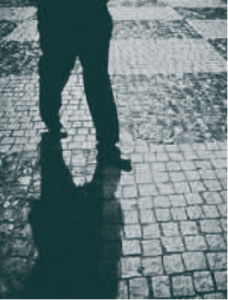 Sidewalks will become more vibrant and desirable for walking if they can support five purposes: movement, encounter, confrontation, survival and beauty. To do this, we must re-imagine sidewalks as spaces that can accommodate both enjoyable and disruptive activities. Movement. Sidewalks are spaces for travel, so they must be designed and maintained to accommodate this activity well. Pedestrians need protection from the natural elements such as rain and sun. Sidewalks must be accessible to all people. Comfortably moving on foot, in a wheelchair, or with a cane or other walking device requires smooth pavement with adequate width and curb cuts. Street furniture such as benches and lighting make sidewalks safer, easier to navigate, and more comfortable for users who have different purposes and varying levels of physical stamina.
Sidewalks will become more vibrant and desirable for walking if they can support five purposes: movement, encounter, confrontation, survival and beauty. To do this, we must re-imagine sidewalks as spaces that can accommodate both enjoyable and disruptive activities. Movement. Sidewalks are spaces for travel, so they must be designed and maintained to accommodate this activity well. Pedestrians need protection from the natural elements such as rain and sun. Sidewalks must be accessible to all people. Comfortably moving on foot, in a wheelchair, or with a cane or other walking device requires smooth pavement with adequate width and curb cuts. Street furniture such as benches and lighting make sidewalks safer, easier to navigate, and more comfortable for users who have different purposes and varying levels of physical stamina.
Comfortably moving on foot, in a wheelchair, or with a cane or other walking device requires smooth pavement with adequate width and curb cuts.
Encounter. As spaces of encounter, sidewalks function best when a diverse range of people use them. On sidewalks, people can greet acquaintances, observe neighbors they have never met, and cross paths with strangers. Urban residents value some fleeting and public interactions, and urban encounters can make cities both intriguing and fun. Ordinary encounters like stopping to chat rarely interrupt traffic flow. Some events, however, override the functionality of streets and sidewalks by blocking traffic, and forcing people to stop, observe, or participate. Processions to celebrate civic, national, religious or secular holidays (such as the Cinco de Mayo, Chinese New Year, Fourth of July, Labor Day, Thanksgiving, Christmas, or Carnival) temporarily redefine the purpose of streets and sidewalks. Spontaneous and planned festivities break the rhythm of every day life and give collective expression to people’s joy, sorrow or aspirations. Parades and other large events disrupt traffic and can make sidewalks impassable. Although they are not neutral events—they insert cultural practices, issues, and interests into public consciousness—they are often accepted because they are temporary.
Confrontation. Some interactions and events are disruptive and intentionally confrontational. Nevertheless, we believe they should be accommodated on democratic sidewalks. Sit-ins and micropolitical acts, such as when African-Americans historically refused to step aside on the sidewalks, are important and protected forms of expression. But not all disruptions are political. Talking loudly, gathering in groups, or even sitting on a stoop can violate local norms and, through repetition, change an area’s character.
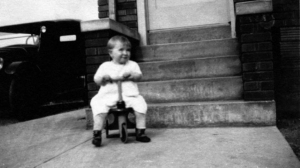 Rallies and protests are political events that intentionally disrupt ordinary activities. Although most agree in the abstract that people need access to public space for political speech and events, the immediate effects of many political events irritate those whose trip or day is interrupted. Because unimpeded transportation has been defined as sidewalks’ primary purpose, cities have the authority to control the time, place and manner of such events to reduce their disruption.
Rallies and protests are political events that intentionally disrupt ordinary activities. Although most agree in the abstract that people need access to public space for political speech and events, the immediate effects of many political events irritate those whose trip or day is interrupted. Because unimpeded transportation has been defined as sidewalks’ primary purpose, cities have the authority to control the time, place and manner of such events to reduce their disruption.
Survival. Some groups, such as the homeless, street vendors or youth lingering at sidewalk corners, may not intend to be disruptive yet still cause other people discomfort. Most activities that are associated with homelessness, for example, are common—sitting, talking, asking questions and sleeping—but they are perceived differently when the people doing the sitting, talking and sleeping appear to be homeless. Recent conflicts around street vending and day laboring sites have focused on immigrants, eliciting concern from long-term residents about neighborhood change. Although few would argue that anyone should be absolutely banned from sidewalks, many city councils have assumed that causing other people discomfort is sufficient harm to prohibit ordinary activities. For some, however, sleeping, sitting or vending on sidewalks is a mechanism of daily or financial survival, and a rich mix of activities contributes to urban vitality.
Most activities that are associated with homelessness, for example, are common—sitting, talking, asking questions and sleeping—but they are perceived differently when the people doing the sitting, talking and sleeping appear to be homeless.
Beauty. People like to be in beautiful spaces. Street trees are a way to beautify sidewalks and make them comfortable for walking or waiting for the bus. Trees and other green spaces also provide psychological benefits. In Chicago, residents in the Robert Taylor Homes public- housing development who lived in buildings surrounded by more trees and grass reported fewer incidences of aggressive behavior than those in buildings surrounded by less vegetation. Trees have additional benefits. Shade can decrease repaving costs (by reducing pavement fatigue, cracking, rutting, and other distress) and reduce energy costs to residents (by cooling houses and decreasing the need for air conditioning). Nonetheless, at times, street trees have been banned from long stretches of the sidewalk so as to not hinder the motorists’ vision. The urban forest is often a low priority for cities, and few funds are dedicated to maintaining healthy trees along sidewalks.
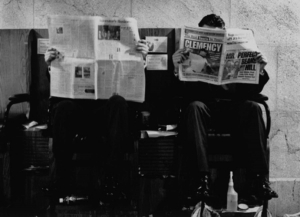 Re-Envisioning Sidewalks
Re-Envisioning Sidewalks
Counterintuitive though it may seem, if we wish to encourage walking for transportation, we need to make sidewalks places for more than just movement. When sidewalks become both spaces for travel and spaces for living, where people play, stop to talk, vend or buy, and communicate, they become more interesting places to walk. The sidewalks’ draw, danger, and opportunity come from the same place: the people who make the public realm unpredictable, interesting, and democratic.
When sidewalks become both spaces for travel and spaces for living, where people play, stop to talk, vend or buy, and communicate, they become more interesting places to walk.
In 1913, Charles Beard wrote that sidewalks “have been likened to the arteries through which flows the life-blood of the city—trade and traffic.” But he also maintained that sidewalks were more than that. “They are the meeting places of the people, the playgrounds of the children, the allurement to recreation, and vice. Here persons of all ages and tastes go to meet one another, to talk over the affairs of the day, to be entertained, to eat, to drink, to inspect shop windows, to do marketing, to buy and sell merchandise, and to perform a thousand offices which the exigencies of city life make profitable, healthful, or agreeable…The city sidewalks connect every household.” This vision did not last, but we may yet be able to recreate it.
Further Readings
Nicholas Blomley. 2007. “Civil Rights Meets Civil Engineering: Urban Public Space and Traffic Logic,” Canadian Journal of Law and Society. 22(2):55–72
Nicholas Fyfe (Ed.). 1998. Images of the Street: Planning, Identity, and Control in Public Space. London: Routledge.
Anastasia Loukaitou-Sideris and Renia Ehrenfeucht. 2009. Sidewalks: Conflict and Negotiation over Public Space. Cambridge, MA and London, England: MIT Press.
Anastasia Loukaitou-Sideris, Evelyn Blumenberg and Renia Ehrenfeucht. 2005. “Sidewalk Democracy: Municipalities and the Regulation of Public Space.” In Eran Ben-Joseph and Terry Szwold, (Eds.), Regulating Place: Standards and the Shaping of Urban America. London: Routledge.

